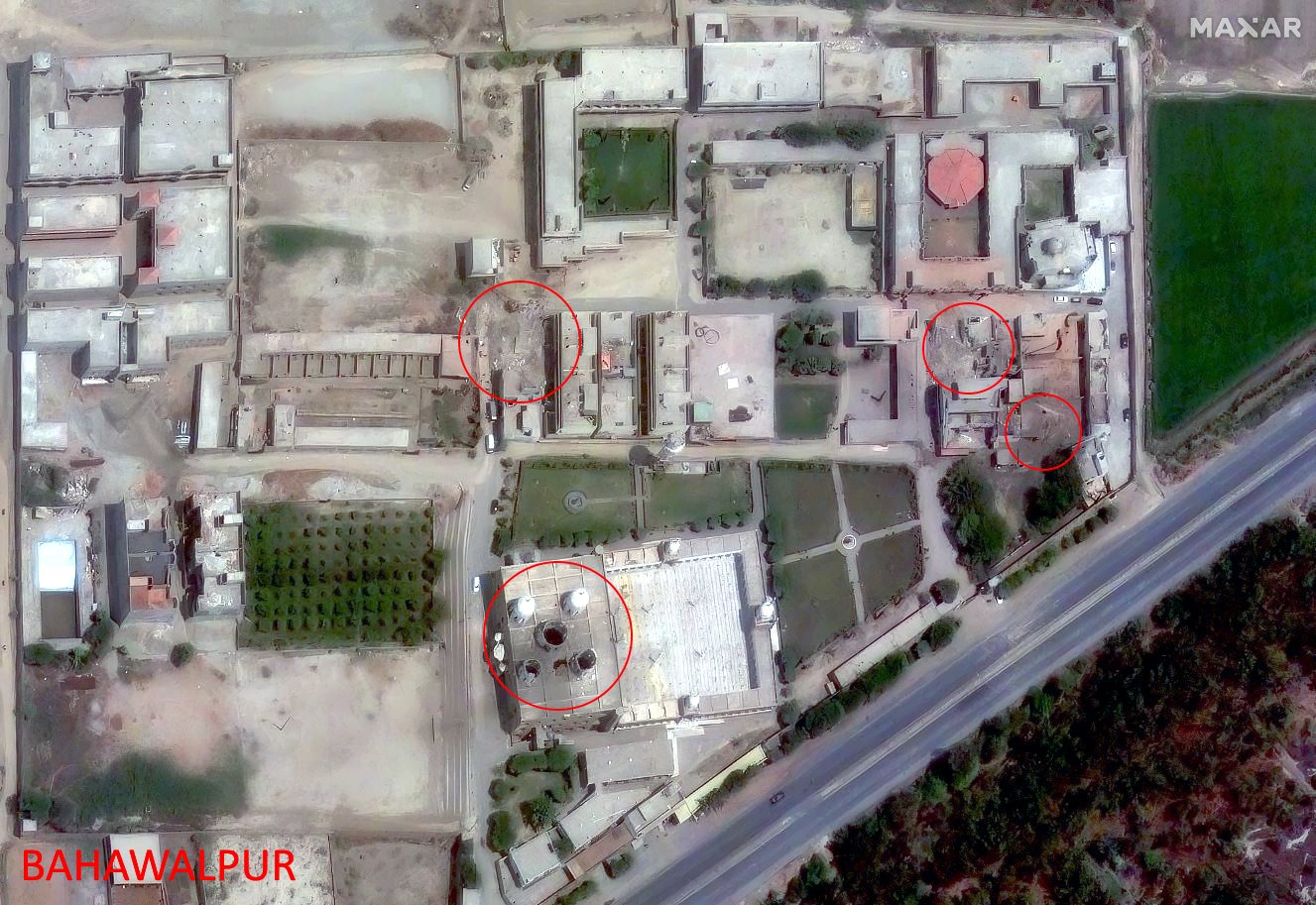
Dear Readers,
When 2021 started, policymakers and people alike made the grievous error of assuming that India had seen off the worst of the Covid pandemic. The vicious second wave that struck during April and May made everyone realise how costly that mistake was and prompted the question: Will 2021 be a repeat of 2020 for the Indian economy?
GDP
If you are wondering what GDP is and why it is considered to be the key metric used for evaluating an economy’s performance, read this piece that explains several such questions about it.
Anyway, when the first quarter (April, May, June) GDP data was unveiled, the picture was neither as bad as the critics claimed nor as good as the government would have us believe.
By the time the second quarter (July, August, September) the GDP estimates were released, it was clear that India’s economic recovery was still quite iffy and no way near the claimed “V-shaped” recovery.
The next chapter in this regard will be written on January 7, when the government releases the First Advance Estimates of GDP for the full financial year of 2021-22. However, a key concern — subdued levels of consumer demand — is likely to dominate discussions in the new year.
But 2021 did provide an opportunity for us to evaluate how the Indian economy had done during the first seven years of Prime Minister Modi’s tenure. As the data shows, the record is in stark contrast to the popularity enjoyed by the Prime Minister.
 Workers wearing protective masks in a call centre in Uttar Pradesh (Express photo by Vishal Srivastav)
Workers wearing protective masks in a call centre in Uttar Pradesh (Express photo by Vishal Srivastav)
Unemployment
But while GDP growth is arguably the most well-recognised variable to track an economy's health, as the year progressed, it became clear why high unemployment, not GDP growth, is the biggest challenge facing India.
As this piece explained, Indian policymakers have been misreading the unemployment crisis. The sad truth is there were fewer people ( around 14 million less) employed in India in August 2021 than there were in August 2016.
A key part of the problem was India’s comparatively low labour force participation rate. And the biggest reason for India’s low LFPR is its abysmal labour force participation by women. Data suggests that India is no country for working women and this has massive ramifications for the wellbeing of the economy.
Apart from such structural bottlenecks — like women’s limited involvement in the labour force — many policy-induced reasons have aggravated the jobs-related distress. Take, for example, the case of manufacturing sector jobs. In just four years (2016-17 to 2020-21), and despite the Make in India policy push, the number of people employed in the manufacturing sector reduced by almost half. As the piece explains, Indian policymakers have ignored the crucial need to focus on labour-intensive sectors.
 Migrant labourers at Anand Vihar bus terminal in New Delhi. (Express Photo by Praveen Khanna)
Migrant labourers at Anand Vihar bus terminal in New Delhi. (Express Photo by Praveen Khanna)
Inflation
The other big worry for Indians in 2021 has been inflation. For the second year running, inflation rates have remained uncomfortably high. Part of the reason has been the RBI’s unwillingness to contain inflation lest it scuppers India’s fledgling growth recovery. Read this piece to understand why RBI continues to target GDP growth instead of inflation.
But there are the pitfalls of the RBI continuing to prioritise economic growth over inflation.
Nevertheless, as things stand, this piece explains why high prices are here to stay.
 A crowded street on Laxmi Road, in Pune. (Express Photo by Ashish Kale)
A crowded street on Laxmi Road, in Pune. (Express Photo by Ashish Kale)
Inequality and Poverty
No matter which way one looks at it, Covid has deepened inequalities of wealth, education, and gender as Oxfam’s report, titled “The Inequality Virus”, showed.
These concerns were again shared by the World Inequality report.
Poverty too has increased. According to economists Santosh Mehrotra and Jajati Parida, the unprecedented fall in poverty between 2004 and 2011 has been followed by an equally unprecedented rise between 2012 and 2020.
However, as this piece shows, rising inequality should not result in India stepping away from economic reforms and reverting to the India of 1960.
 Labourers work at a flyover construction site in Jammu (AP)
Labourers work at a flyover construction site in Jammu (AP)
Economic reforms and controversies
The year also witnessed its share of controversies and economic reforms.
The government announced the creation of a bad bank to tackle the problem of non-performing assets in the banking system. Here is a piece that explains what is so good about a bad bank.
Then, after several failed attempts, Air India’s privatisation finally took off. This piece explained the significance of this development for the rest of the economy.
On the controversy front, the World Bank’s Ease of Doing Business rankings were finally shelved this year. Read this piece to understand the issue.
 Protesting farmers at Singhu Border in New Delhi (Express Photo/Amit Mehra)
Protesting farmers at Singhu Border in New Delhi (Express Photo/Amit Mehra)
The government finally repealed the three contentious farm laws. The farmers are still asking for a guaranteed return on their produce. The government hasn’t yet agreed to it but the question remains: Will a legal guarantee on MSP solve India’s farm distress?
Last but not the least, this year’s Nobel Prize for Economics was given to three US-based economists for their “new insights about the labour market and showing what conclusions about cause and effect can be drawn from natural experiments”.
These were some of the highlights of 2021.
Best wishes for a happy, healthy and prosperous 2022.
Stay masked and stay safe.
Udit

No comments:
Post a Comment